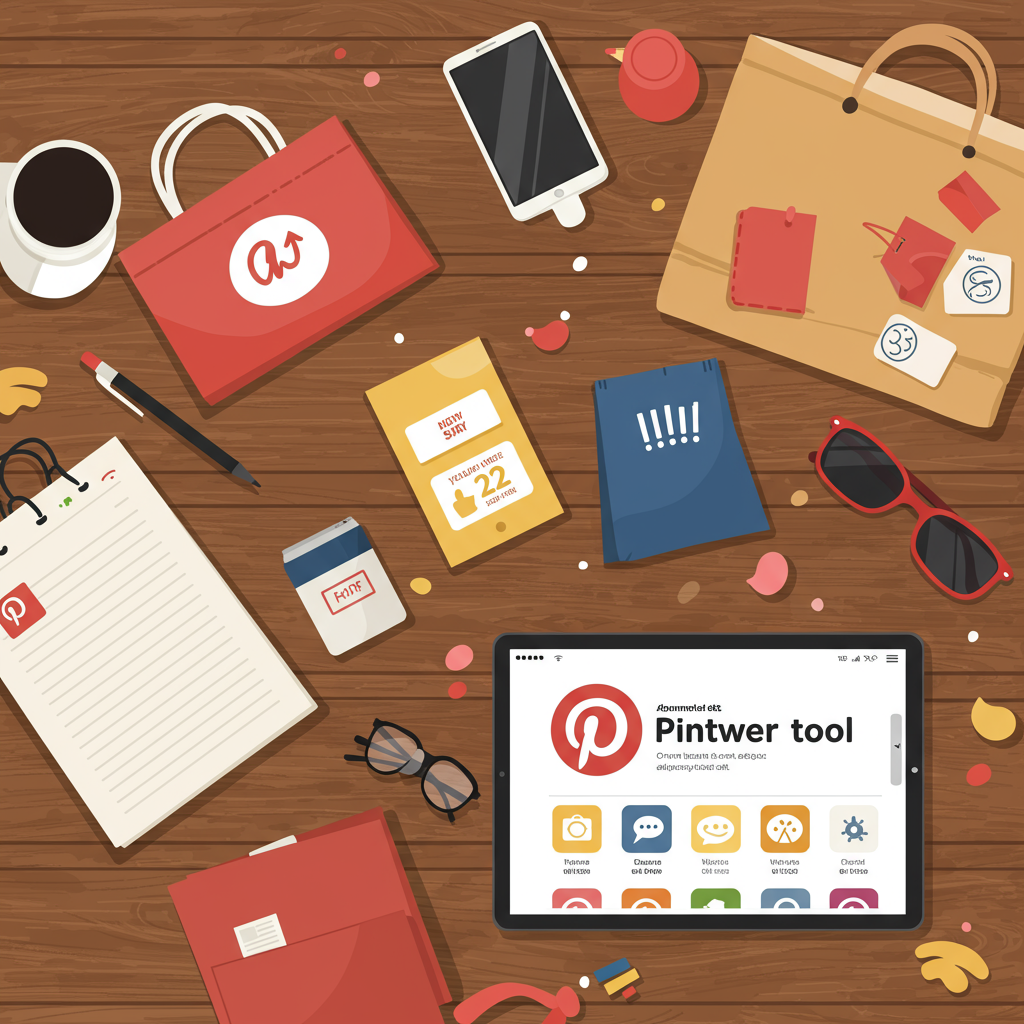Discover how I’ve harnessed the power of Pinterest’s visual platform and strategic influencer collaborations to significantly boost my Shopify store’s visibility and sales.
As a Shopify store owner, I’m constantly on the lookout for innovative and effective marketing channels. While traditional social media platforms have their place, I’ve found a unique and highly potent avenue in Pinterest, especially when combined with the reach of dedicated influencers.
Pinterest isn’t just another social media platform; I see it as a powerful visual search engine. People go there with intent – to plan, to discover, and often, to buy. This fundamental difference makes it incredibly appealing for e-commerce businesses like mine.
My journey into Pinterest marketing began with understanding its core audience. It’s a platform dominated by users actively seeking inspiration for purchases, whether it’s home decor, fashion, DIY projects, or gifts. This high purchase intent is a goldmine for merchants.
However, simply pinning my products wasn’t enough. I realized I needed to amplify my reach and build trust within specific niches. That’s when the idea of collaborating with Pinterest influencers truly clicked for me.
So, what exactly is a Pinterest influencer in my experience? It’s someone who has cultivated a significant following on the platform, consistently creates high-quality, visually appealing content, and whose audience genuinely trusts their recommendations.
The benefits of working with these influencers are manifold. They offer authentic exposure, tap into highly engaged niche audiences I might not otherwise reach, and provide content that resonates deeply with potential customers.
My first step in this process was always thorough research. I spent time on Pinterest, exploring popular categories relevant to my products and observing which accounts consistently generated high engagement.
Identifying the right niche was crucial. For my store, which sells artisanal home goods, I focused on influencers in home decor, sustainable living, and handmade crafts. Their audience was my audience.
I started my search directly on Pinterest, using keywords related to my products and exploring popular boards. This manual approach helped me get a feel for the platform’s aesthetic and identify potential partners organically.
Beyond manual searching, I also explored various influencer marketing platforms. While some are broad, others specialize in visual content creators, making the discovery process more streamlined and efficient.
When evaluating potential influencers, I never focused solely on follower count. Engagement rate – the number of saves, clicks, and comments their pins received – was a far more critical metric for me. A smaller, highly engaged audience is often more valuable.
I also meticulously reviewed their past content. Did their aesthetic align with my brand? Was their content high quality and inspiring? Authenticity and visual appeal were non-negotiable for me.
Once I had a shortlist, crafting a personalized pitch was paramount. I made sure to reference specific pins or boards of theirs that I admired, demonstrating that I had genuinely done my homework and wasn’t sending a generic template.
When it came to compensation, I found a flexible approach worked best. Offering free products was a common starting point, but for more established influencers, a combination of product samples, a flat fee, or even a commission on sales proved more effective.
Setting clear deliverables was essential for both parties. We’d agree on the number of pins, whether they’d be static images, video pins, or Idea Pins, and the specific products to be featured. Clarity prevents misunderstandings.
I learned to trust the influencer’s creative expertise. They know their audience best. While I provided brand guidelines and product details, I gave them creative freedom to style and present the products in a way that felt authentic to their brand.
For my Shopify store, leveraging Rich Pins was a game-changer. I ensured my product pages were set up correctly so that when an influencer pinned my product, it automatically pulled in real-time pricing, availability, and a direct link to my store.
Tracking the success of these collaborations was my next critical step. Pinterest Analytics provided valuable insights into impressions, saves, and outbound clicks generated by the influencer’s pins.
Simultaneously, I closely monitored my Shopify Analytics. I looked for spikes in referral traffic from Pinterest and, more importantly, conversions that originated from those visits.
To get even more granular data, I always insisted on using UTM parameters for all links shared by the influencers. This allowed me to precisely track which campaigns and even which specific pins were driving sales.
Calculating the return on investment (ROI) became straightforward with this data. I could compare the cost of the collaboration against the revenue generated, helping me refine my strategy for future campaigns.
I found that building long-term relationships with influencers yielded the best results. Consistent collaborations fostered deeper trust with their audience and provided ongoing exposure for my brand.
A fantastic bonus was the high-quality, user-generated content I received. I often repurposed the influencer’s stunning product photography and video clips for my own Pinterest boards, website, and other marketing materials (with their permission, of course).
Beyond the influencer’s efforts, I also ensured my own Pinterest presence was optimized. This meant using relevant keywords in my pin descriptions, creating diverse boards, and maintaining a consistent pinning schedule.
Transparency is key. I always made sure that influencers clearly disclosed their sponsored content, adhering to FTC guidelines. Authenticity builds trust, and trust is paramount on Pinterest.
One pitfall I learned to avoid was chasing influencers with massive follower counts but low engagement. A smaller, highly engaged audience that truly resonates with your product is far more valuable than millions of passive followers.
My advice to any Shopify merchant considering this path is to start small, test different approaches, and learn from your data. Pinterest influencer marketing is a marathon, not a sprint.
In conclusion, integrating Pinterest influencers into my marketing strategy has been one of the most impactful decisions for my Shopify store. It’s a powerful way to connect with highly motivated buyers and build lasting brand awareness.
What are your thoughts on leveraging Pinterest influencers for your e-commerce store after reading this?






